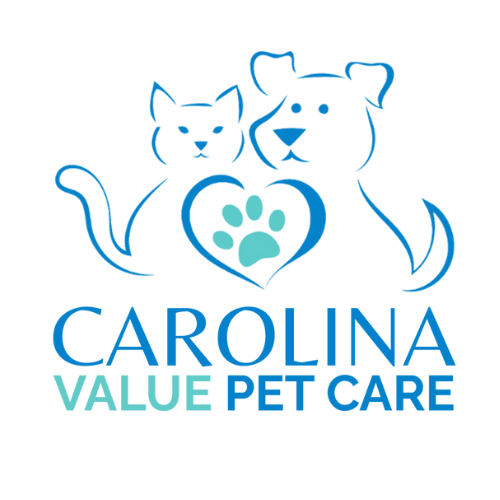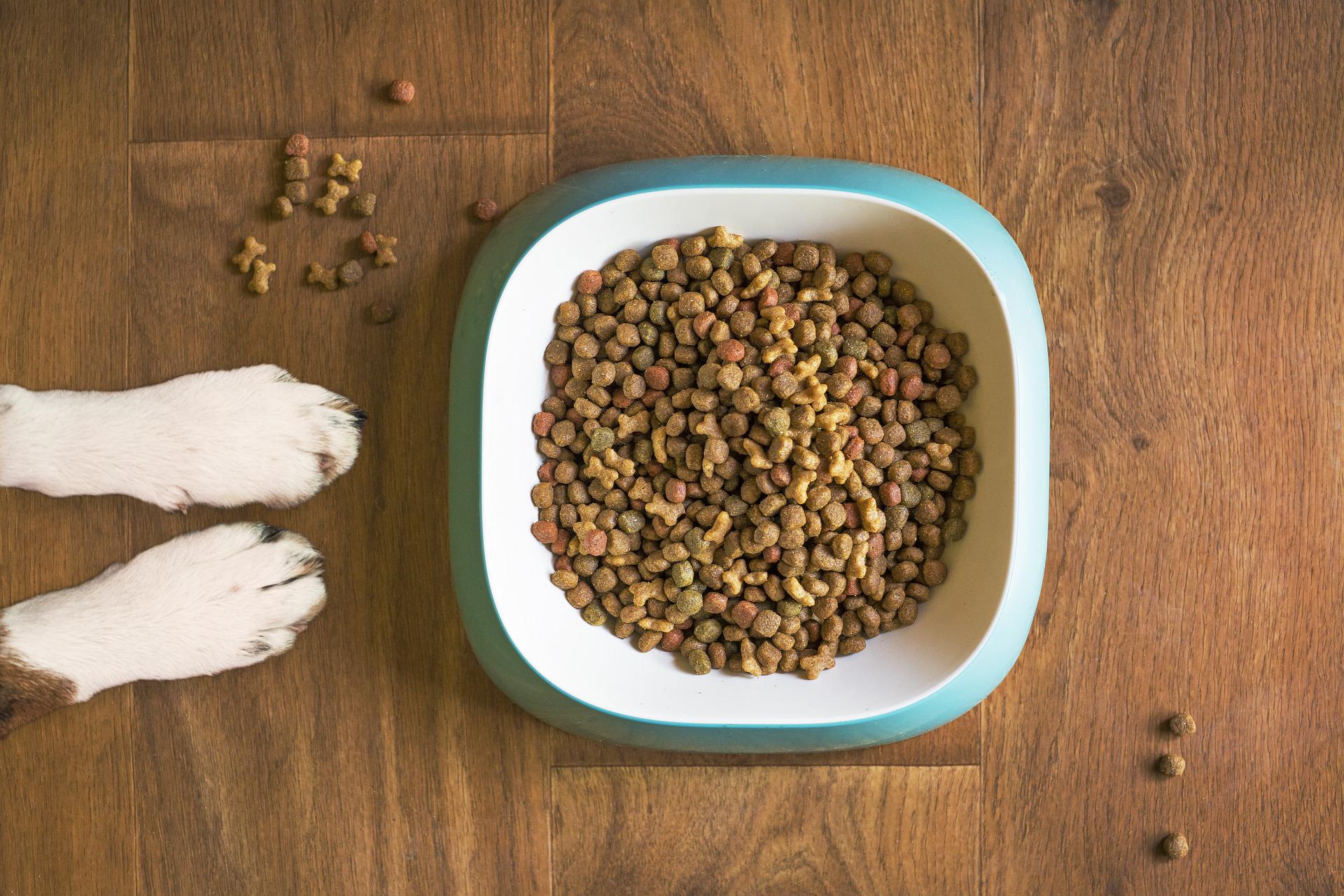Stepping into the pet food aisle at your local supermarket can offer a sizable number of choices of dog and cat foods. For a first time pet owner, it can be overwhelming trying to choose what is best to feed their new furry friend. Now, go to a pet store, and the bewildering range of brands and ingredients can really make the head spin, even for seasoned pet owners who have a lot of experience feeding their beloved pets. So many foods, so many choices. What do you do? Where do you start?
I recall pretty vividly growing up in the 1960s when choosing a dog or cat food was pretty simple business: Purina Dog Chow (or Puppy Chow) and Purina Cat Chow (or Kitten Chow) … and a canned food Ken-L ration for dogs and canned Friskies for cats. That was about it. There was nothing available for particular health issues or weight management (of course, 50 years ago, we rarely saw overweight pets) or different protein choices. By the 1970s, there were more brands and options available, and veterinarians began to see a trickle of diets to target specific health problems.
Fast-forward to 2019, and we now have a massive array of choices, and that can be a good thing. But still … there are more than 4500 dog food products and more than 3000 cat food products! *Whew* Incredible, and undoubtedly incredibly confusing. And I cringe when I hear some of our clients’ experiences with big-box-pet-store clerks trying to push a particular pet food. No disrespect, but they are typically just repeating what they have been advised to promote or sell. I much prefer that pet owners ask us at Carolina Value Pet Care or ask their full-service veterinarian or go to a locally-owned pet store to get a better education about the best choice for your pet.
From a veterinarian’s perspective, we first always consider the pet’s health and any current medical issues as well as lifestyle and the age of the pets. But for the sake of this discussion, we will consider you have a healthy, active pet.
It’s also important to recognize a nutritional difference between dogs and cats. While Dogs are carnivores (meat-eaters), they do eat a variety of foods, even plants, in the wild. Cats, on the other hand, are what we call ‘obligate carnivores”, meaning they must have a diet almost exclusively of meat or fish.
So where to begin? Let’s first consider the 4 types of dog and cat foods that are available: Dry … Canned … Semi-moist … and Raw.
Dry kibble is by far the most common form of pet food sold. It’s hard to beat the convenience and the ability to accurately measure for portion size. And they can be inexpensive, although you get what you pay for, so I do strongly advise go with a better quality (i.e. more expensive) food if your budget will allow. However, we need to be sure your pet is drinking enough water since dry food has very limited moisture. I would recommend adding water to the food or flavoring the food with low-sodium broth (preferably warm).
Canned foods have the advantage of high water content and better flavor/taste than most dry foods. But they’re more expensive and certainly less convenient (and sometimes they have an odor that some pet owners find unpleasant) compared to dry food.
Semi-moist foods are typically in pouches and are somewhat gummy and soft to chew (Moist & Meaty for dogs). They can be even more expensive than canned foods, although more convenient. I definitely advise DO NOT FEED semi-moist foods due to high sugar (yes, sugar !) content along with artificial colors and chemical flavor enhancers and preservatives
Raw foods are increasingly popular with pet owners due to the fact that raw diets are far more likely to resemble the ‘native, ancestral’ diet of dogs and cats. Raw foods are available as either frozen or freeze-dried, although some pet owners do make their own. Raw diets are more expensive than dry or canned foods. The potential concern of raw foods is that bacterial contamination (such as E.coli or Salmonella or Listeria) can occur on occasion, leading to recalls of certain brands or flavors. While not a common problem, pet owners need to know of the possibility. But realize that recalls of pet foods can absolutely occur with dry and canned foods, too. In 2007, there was a massive recall of many popular canned and dry commercial dog and cat foods (and pet treats) due to contamination of foods using vegetable proteins imported from China. Thousands of pets in the U.S were sickened, and hundreds of pets died from kidney failure as a result. Know, too, that some Raw foods are labeled as “intended for intermittent or supplemental feeding only” due to known nutritional deficiencies or excesses. Pet owners must do their research to be assured their pet is getting all its necessary nutritional needs met if they try to make their own diet.
I have found an excellent resource for comparing and choosing DOG foods is Dog Food Advisor. www.DogFoodAdvisor.com. The creator of the site Mike Sagman has examined hundreds and hundreds of dog foods and offers his personal recommendations for commercially available dog foods based upon ingredients and additives and other specific categories. His reviews DO NOT include Prescription Diets advised by veterinarians for specific medical concerns.
To compare CAT foods, try Cat FoodDB (www.CatFoodDB.com). While not as easy to navigate the website as Dog Food Advisor, it does offer a comprehensive look at commercially available cat foods, but as with DogFoodAdvisor, it does not look at prescription diets recommended by veterinarians for treating specific health problems.
I will have much more on the subject of pet foods at a later date, such as how to read a pet food label … grain-free diets … what does “natural” mean when it’s printed on the label … and much more. Stay tuned!
– Dr Bob Parrish & the Carolina Value Pet Care Team

